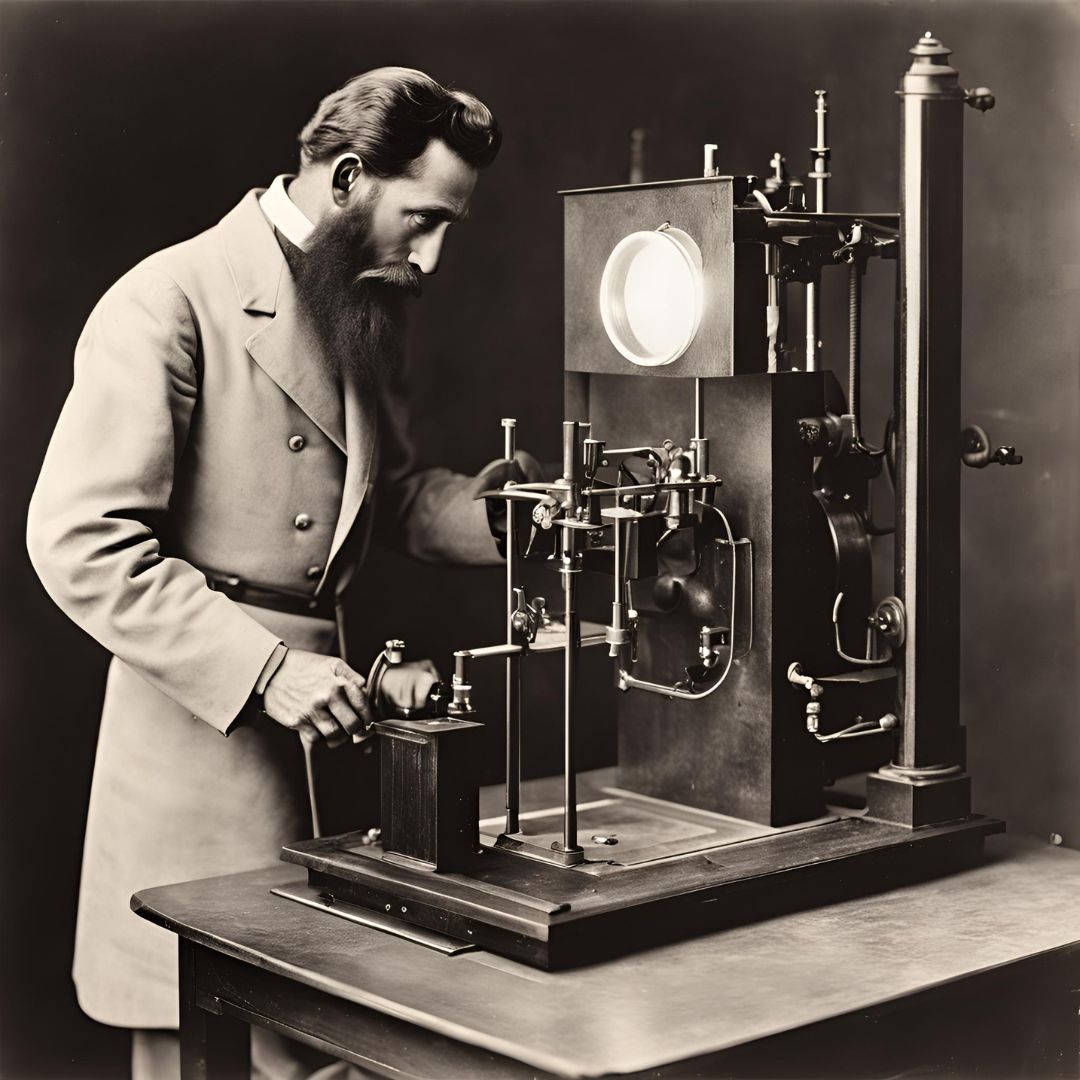Innovations in Prosthetics and Rehabilitation
Prosthetics and rehabilitation are witnessing some of the most exciting innovations in the biomedical field today.
I find it amazing to see how modern technology is not only restoring lost function for people with limb loss but also enhancing their quality of life in ways that once seemed impossible.
Whether it’s more advanced prosthetic limbs or innovative rehabilitation techniques, biomedical engineering is redefining the boundaries of what’s possible. Here’s how these breakthroughs are making a real difference.

Advanced Prosthetic Limbs: Moving Beyond Basic Function
Prosthetics have come a long way from the basic wooden legs or metal hooks of the past. Today, prosthetic limbs are designed to mimic the movement and function of real limbs more closely than ever before. With advancements in materials, electronics, and biomechanics, these artificial limbs are not only more functional but also more comfortable and adaptable.
One of the most significant innovations in prosthetics is the development of bionic limbs. These prosthetics are equipped with sensors and motors that allow for more natural movement. For example, modern prosthetic arms can be controlled by the user’s muscle signals or even their thoughts, using brain-computer interfaces. This allows for greater precision and control, enabling wearers to perform complex tasks like gripping small objects or even playing a musical instrument.

3D Printing: A Game Changer for Customization
3D printing has revolutionized the way prosthetics are made. Traditionally, prosthetics were custom-made by hand, a process that was time-consuming and expensive. With 3D printing, prosthetics can now be created more quickly and at a fraction of the cost. This technology also allows for more precise customization, meaning each prosthetic can be tailored to fit the individual perfectly, improving both comfort and functionality.
This innovation is particularly beneficial for children, who often outgrow their prosthetic limbs and need replacements. 3D printing makes it easier and more affordable to provide new prosthetics as they grow.

Smart Prosthetics: Enhancing Sensory Feedback
One of the most significant challenges for people with prosthetics is the lack of sensory feedback. Traditional prosthetics allow movement but don’t provide any sensation, which can make tasks like walking or gripping objects more difficult. However, biomedical engineers are working on smart prosthetics that include sensory feedback mechanisms, allowing the user to “feel” through their artificial limb.
For example, some prosthetics now include sensors that detect pressure, temperature, and even pain, transmitting this information back to the brain. This sensory feedback improves the user’s control and confidence, making everyday tasks easier and safer.

Rehabilitation: Robotics and Exoskeletons
Rehabilitation technology is advancing alongside prosthetics, with robotics playing a major role in helping people recover mobility and strength after injuries or surgeries. Robotic rehabilitation devices, such as robotic arms and legs, are used in physical therapy to assist with movements and exercises. These devices can adapt to the patient’s needs, providing support when necessary and allowing them to regain strength and control at their own pace.
Exoskeletons are another cutting-edge innovation in rehabilitation. These wearable robotic suits support the body’s movements, allowing individuals with mobility impairments to walk again. For people recovering from spinal cord injuries or strokes, exoskeletons can provide crucial assistance in regaining mobility and independence.

Virtual Reality in Rehabilitation
Virtual reality (VR) is also making waves in rehabilitation. By creating immersive environments, VR helps patients engage in exercises and therapies that simulate real-life scenarios. This technology can make rehabilitation more effective and enjoyable by turning exercises into interactive experiences.
For example, stroke patients using VR can practice reaching for objects or walking in virtual environments that simulate their home or community. This type of therapy not only improves physical recovery but also boosts cognitive function and confidence.

The Future of Prosthetics and Rehabilitation
The future of prosthetics and rehabilitation is incredibly bright. With continued advances in materials science, electronics, and AI, prosthetic limbs will become even more lifelike, offering greater mobility, comfort, and control. Researchers are exploring the use of neural implants, which could connect prosthetics directly to the brain, allowing for even more intuitive control and movement.
Additionally, regenerative medicine and tissue engineering hold the promise of creating prosthetics that can integrate with the body’s tissues, potentially leading to limbs that can grow and repair themselves.
In rehabilitation, we can expect to see even more integration of robotics, AI, and virtual reality. These technologies will continue to evolve, providing more personalized and effective treatments that cater to each patient’s unique needs.






